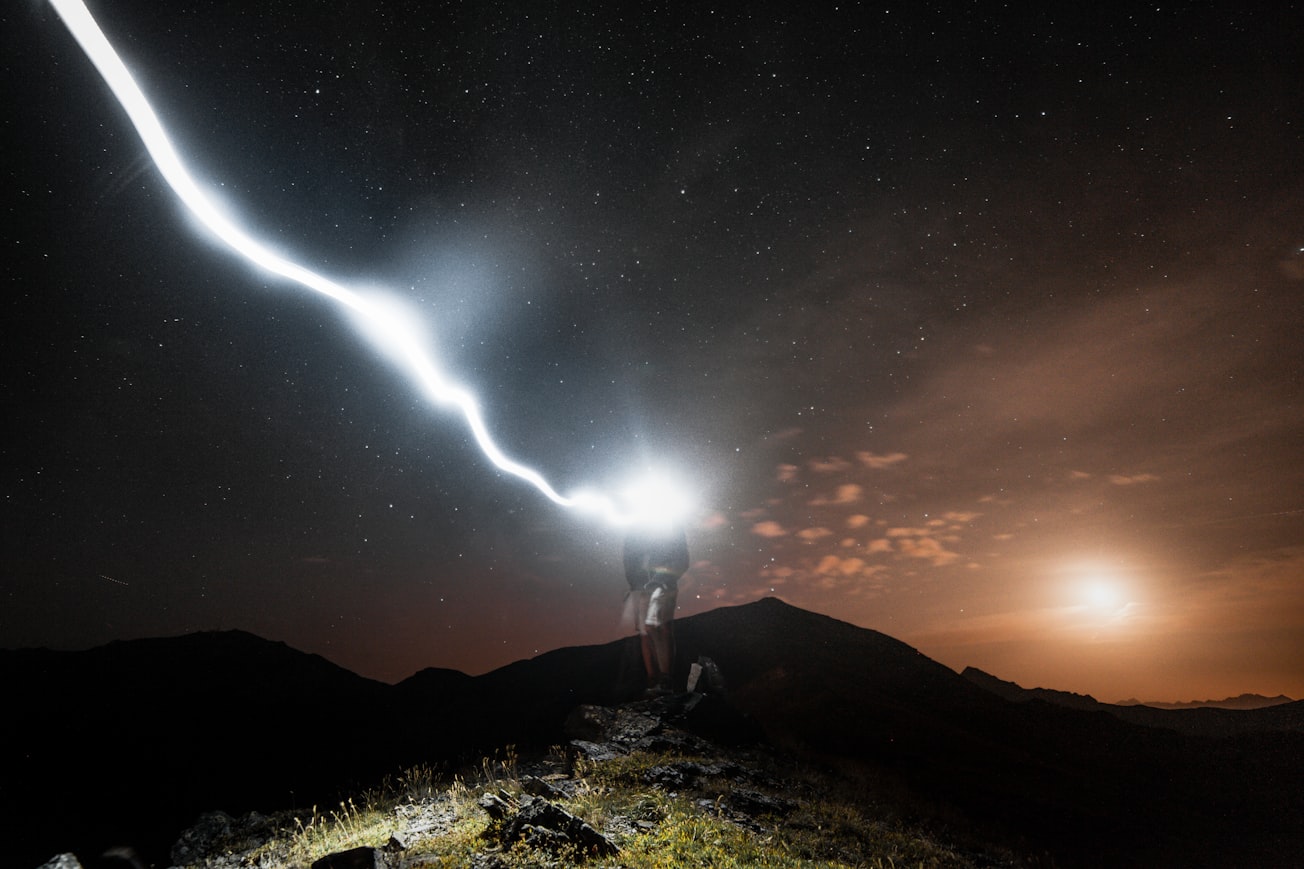What is it about?
In the present work, the Light Induced White Emission (LIWE) was investigated as one of the sources of laser loss in transparent Cr:YAG ceramics. We have found that transparent Cr:YAG ceramics is capable of generating bright LIWE at excitation powers above a certain threshold. Intensity of LIWE strongly depends on the excitation power and ambient pressure. The host temperature estimated from Cr3+ luminescence was found to be below 600 ◦C, while the most intense white emission was found between 50 and 400 ◦C. The mechanism of the laser induced white emission was discussed in terms of Intervalence Charge Transfer (IVCT) in chromium mixed valence pair.
Featured Image

Photo by Yann Allegre on Unsplash
Why is it important?
The influence of divalent dopant can be significant because Cr4+ ions exist as [Me2+...Cr4+] complex, where Me2+-Ca2+ or/and Mg2+. Therefore, the type of divalent dopant and/or matrix can be critical to the LIWE efficiency and, as a result, can affect the laser properties of Cr4+-doped materials.
Perspectives
This article opens up new possibilities for studying the Laser-Induced White Emission phenomena in transparent materials.
Mykhailo Chaika
Institute of Low Temperature and Structure Research
Read the Original
This page is a summary of: Infrared laser stimulated broadband white emission of transparent Cr:YAG ceramics obtained by solid state reaction sintering, Optical Materials, January 2021, Elsevier,
DOI: 10.1016/j.optmat.2020.110673.
You can read the full text:
Contributors
The following have contributed to this page







